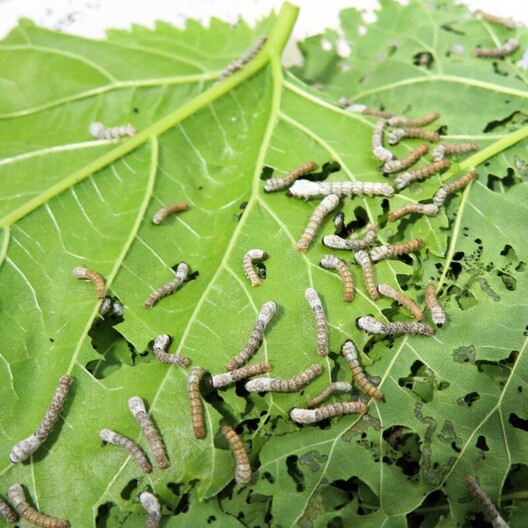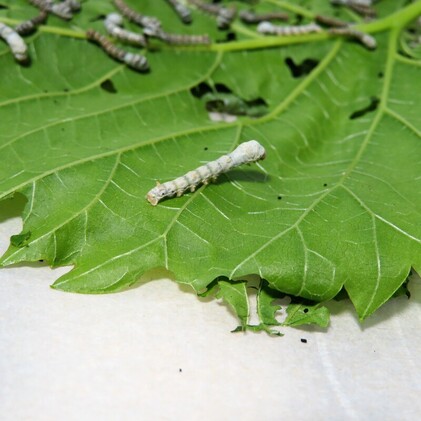|
Meet George George is one of my silkworms. These greedy-samas (sama is the Japanese honorific title added at the end of the name, like 'san' but with more respect) are going to help me transform leaves into cloth. These are my very first silkworms and I want to give a shout out to Peggy at Flourishing Filaments who helped me with the research and found a way to send silkmoth eggs to Canada. At the time of writing, it is legal to import Bombyx mori into Canada and to export from the USA without a fancy certificate (but check with the government before attempting it for yourself because things change). While researching silkworms online, I noticed that a lot of people name their worms. They grow attached to these little guys. I didn't want to feel left out, so I named them. I named all 200 of them George except for the big one, his name is Harold. Click "read more" on the right to ... Over the last nine years, we've planted a couple of dozen mulberries on the farm. These are marvellous trees, willing to grow without irrigation (but they do grow better with), on land that wouldn't grow anything else. These perennials are willing to be bush or tree, have deep roots to combat erosion, leaves that feed all manner of livestock, including silkworms, produce a paper or cloth from their bark and are an excellent investment for timber. Oh, and they make tasty berries which are shaping up to become the next superfood in about five years.
Moriculture - the growing of mulberries - is as old as silk. We have five thousand years of history interacting with this plant. Unlike the silkworm who is wholly domesticated and dependant on humans to survive, the mulberry tree is delightfully wild. It has to be because any chemical aid we may apply to give it a boost or protect it from leaf munchers destroys the silk crop. Pesticides kill caterpillars. Silkworms are caterpillars. Being domestic, silkworms are hugely sensitive to any changes in their diet. Even dusty or damp leaves can kill them, and the residue from car exhaust along a busy street is enough to give them the trots. Just about anything and everything in the modern world is out to kill silkworms. Growing mulberry trees was never just about the trees. Mulberries do best when they are intercropped with other plants. Two rows of mulberry trees, a wide swath of annual plants like beans or a mulch crop, another two rows of mulberries. Tilling between the mulberries loosens the soil and allows the moisture and air to penetrate to the roots. But tilling is a lot of effort just for trees, so plant something in the freshly turned earth. The trees protect the annual crop by preventing erosion and providing shelter for helpful wildlife like pollinators and pest-eating birds. To learn more about how to grow silkworms, check out Wormspit's article on Bombyx mori |
CategoriesAll Airwell Angora Animal Fibre Boring Community Cotton Dryland Farming Dye Etsy Shop Experiments Fibre Prep Finance Flax Frugal Household Management Indigo Linen Local Cloth Mediterranean Climate Natural Dye Permaculture Plant Fibre Sewing Silk Tutorial Urban Fibre Vintage Wildcrafting Archives
February 2022
|
|
Created by Tracy Wandling of One Wing Freelance Graphic Design
|


 RSS Feed
RSS Feed
